The section discusses advanced AI technologies: Dall.e and stable diffusion. Dall.e, a project by OpenAI, uses AI to generate images from text descriptions, showcasing the creative capabilities of AI. Stable diffusion is a technique used in data science for efficient data distribution and analysis, enhancing the performance of machine learning algorithms. Both technologies illustrate significant advancements in AI and have the potential to transform various sectors, including design, scientific research, and cybersecurity.
In an era where artificial intelligence (AI) is taking center stage in technological advancements, two key AI components are making significant waves: dall.e and stable diffusion. As we delve into the intricate world of AI, understanding these two components becomes crucial to appreciate the evolutionary journey of AI. This article aims to provide a comprehensive understanding of both dall.e and stable diffusion, the roles they play in AI, their unique capabilities, and what the future holds for them. From exploring the basics, unravelling their evolution, taking a deep dive into their functionalities, to a comparative analysis and future prospects, every aspect of dall.e and stable diffusion will be thoroughly examined. Buckle up for a fascinating exploration into the world of AI through the lens of dall.e and stable diffusion.
- 1. "Understanding the Basics: dall.e and Stable Diffusion"
- 2. "The Evolution of AI: dall.e versus Stable Diffusion"
- 3. "Deep Dive into dall.e and Stable Diffusion Capabilities"
- 4. "Comparative Analysis: dall.e and Stable Diffusion in Action"
- 5. "The Future of AI: Prospects of dall.e and Stable Diffusion"
1. "Understanding the Basics: dall.e and Stable Diffusion"
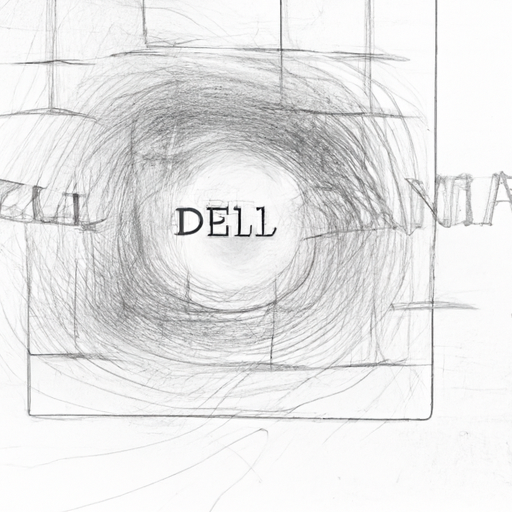
Dall.e and stable diffusion are two advanced concepts that have been making waves in the fields of technology and data science. Understanding the basics of these two concepts can offer us valuable insights into how artificial intelligence and data analysis are evolving in the modern world.
Dall.e, a project by OpenAI, is an artificial intelligence program that has been designed to generate images from textual descriptions. The name "dall.e" is a play on the surrealist artist Salvador Dali and the Pixar character Wall-E. This powerful AI tool demonstrates the capabilities of machine learning models to understand and interpret human language in a creative way. It uses a version of GPT-3, a language prediction model, to generate unique, often surreal images from user-provided text. For instance, if you ask Dall.e to generate an image of ‘a two-story pink house shaped like a shoe’, it will create a visual representation that matches that description.
On the other hand, stable diffusion is a sophisticated technique used in data science and machine learning for efficient data distribution and analysis. It is a process that allows the distribution of data points in a given space, ensuring that they are evenly spread and reducing the likelihood of clustering. Stable diffusion plays a key role in many machine learning algorithms, helping to improve the efficiency and accuracy of data analysis.
In stable diffusion, data points are moved around the multi-dimensional space until a state of equilibrium is reached, where each data point is as far from its neighbors as possible. This technique is particularly useful in fields like bioinformatics, where it is used to analyze complex biological data.
In summary, both Dall.e and stable diffusion are pioneering technologies that are pushing the boundaries of what is possible in the realms of artificial intelligence and data science. By understanding these basics, we can better appreciate the intricacies of these fields and their potential impact on our lives.
2. "The Evolution of AI: dall.e versus Stable Diffusion"
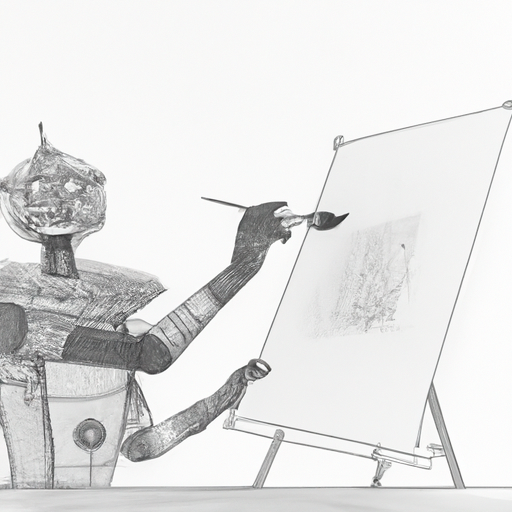
As technology continues to evolve, artificial intelligence (AI) has become a dominant force in shaping the future. The advent of dall.e and stable diffusion stands as a testament to the rapid progression of AI, each boasting unique capabilities and potential applications.
OpenAI’s dall.e is an AI system that generates images from textual descriptions. Essentially, you can describe an object in words, and dall.e will create a new image that matches your description. This AI model, trained with a dataset of text-image pairs, has the extraordinary ability to create unique, never-before-seen images based on the given descriptors. The versatility and creativity of dall.e make it a fascinating innovation, demonstrating the extent to which AI can emulate human creativity.
On the other hand, stable diffusion is a more scientific concept often associated with AI. Stable diffusion refers to the process in which AI and machine learning algorithms learn and evolve over time. By analyzing data, making predictions, and then learning from any mistakes made, AI systems can ‘diffuse’ knowledge throughout the network, leading to improved performance over time. This process of stable diffusion is fundamental to the development and evolution of AI systems, allowing them to adapt and become more efficient at their tasks.
While dall.e and stable diffusion represent different aspects of AI, they both contribute significantly to the evolution of this technology. Dall.e showcases the creative and generative potential of AI, making it possible for machines to generate original content based on human input. Meanwhile, stable diffusion underpins the learning capabilities of AI, enabling these systems to continually improve and adapt.
The dichotomy between dall.e and stable diffusion illustrates the breadth and versatility of AI. From the creative prowess showcased by dall.e to the continuous learning enabled by stable diffusion, these developments highlight the transformative potential of AI in diverse fields. It’s an exciting time in the world of technology, and the evolution of AI, exemplified by dall.e and stable diffusion, only promises more advancements in the future.
3. "Deep Dive into dall.e and Stable Diffusion Capabilities"
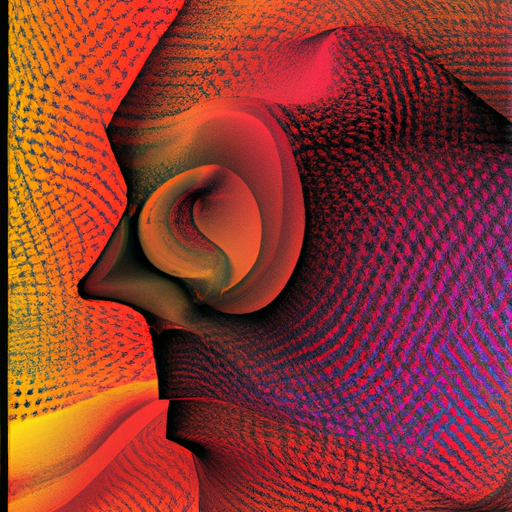
Dall.e, a product of OpenAI, has revolutionized the world of artificial intelligence by creating unique images from textual descriptions. It is an extension of the GPT-3 model and has the potential to generate a wide variety of images from a given textual description. But how does it compare to the concept of stable diffusion? Let’s take a deep dive into the capabilities of both dall.e and stable diffusion.
Dall.e operates on the principles of generative pre-training transformer algorithms which are a combination of unsupervised learning and supervised fine-tuning. This allows dall.e to understand the context of the input and generate a corresponding output. It can create everything from everyday items to surreal and imaginative concepts. Its impressive ability to generate images from textual descriptions is a testament to how far AI has come in understanding human language and context.
On the other hand, stable diffusion is a concept that refers to a class of algorithms used to generate samples from complex distributions. It’s a process in which a probability distribution is transformed into a simple distribution, which is then gradually reverted back to the original complex distribution. Throughout this process, a series of probabilistic steps are taken to ensure that the final sample is a representative of the original complex distribution.
Stable diffusion is particularly useful in the field of machine learning for tasks such as image generation, similar to what dall.e does. However, the key difference lies in the approach. While dall.e uses a transformer-based architecture to generate images from textual descriptions, stable diffusion works by transforming and reverting probability distributions.
The capabilities of both dall.e and stable diffusion are significant and have their own unique applications. While dall.e excels in generating creative and contextually accurate images from textual descriptions, stable diffusion provides a reliable method of generating samples from complex distributions. Both of these approaches represent significant milestones in the field of artificial intelligence and machine learning.
In conclusion, both dall.e and stable diffusion are powerful tools in the world of AI, each with its unique capabilities. Their potential applications are vast and can revolutionize many sectors, from digital art and design to scientific research and modeling. As AI continues to evolve, we can expect to see even more sophisticated applications of these technologies in the future.
4. "Comparative Analysis: dall.e and Stable Diffusion in Action"
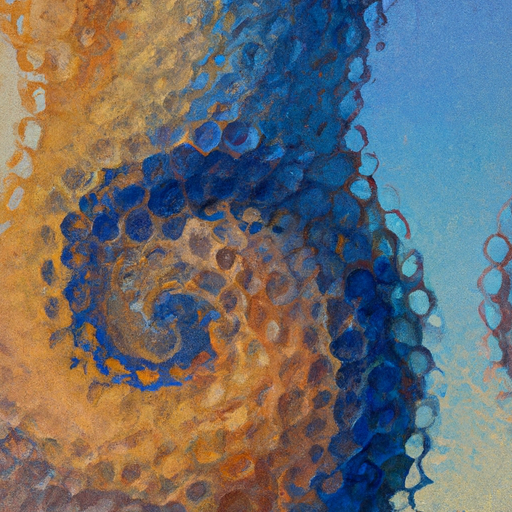
In this section, we will present a comparative analysis of two stunning technological advancements: DALL-E and Stable Diffusion. Both of these sophisticated systems are pioneers in their respective fields and offer remarkable solutions to complex problems.
DALL-E, an artificial intelligence program developed by OpenAI, has made significant breakthroughs in the creation of unique images from textual descriptions. The system leverages the capabilities of GPT-3, another AI model from OpenAI, to understand and interpret text inputs, then generates images accordingly. For instance, if you ask DALL-E to create an image of "an armchair in the shape of an avocado," it will produce a variety of options matching that description, demonstrating an impressive level of creativity and precision.
On the other hand, Stable Diffusion, a method used for training generative models, has been making waves in the machine learning community. It is a noise-based model which gradually adds random noise to an image up until it becomes pure white noise. Then, the model learns to reverse this process, starting with white noise and gradually removing it until an image is formed. This model is particularly useful in creating high-quality images that are often indistinguishable from real ones.
Comparatively, both DALL-E and Stable Diffusion have their unique strengths. While DALL-E excels at creating images from textual descriptions, Stable Diffusion outshines in generating realistic images from random noise. DALL-E seems to have a more creative aspect, enabling it to produce imaginative and novel images. Stable Diffusion, however, appears to be more grounded in reality, generating images that are incredibly realistic.
Yet, they both represent significant leaps in AI technology, specifically in the field of generative models. These technologies have immense potential for numerous applications, including digital art creation, design, and even virtual reality. In the future, we can expect to see further integrations and advancements from both DALL-E and Stable Diffusion.
In conclusion, DALL-E and Stable Diffusion, while distinct in their mechanisms and applications, both represent the cutting-edge of artificial intelligence technology. As we move forward, these technologies will undoubtedly continue to shape and influence the landscape of AI and machine learning.
5. "The Future of AI: Prospects of dall.e and Stable Diffusion"
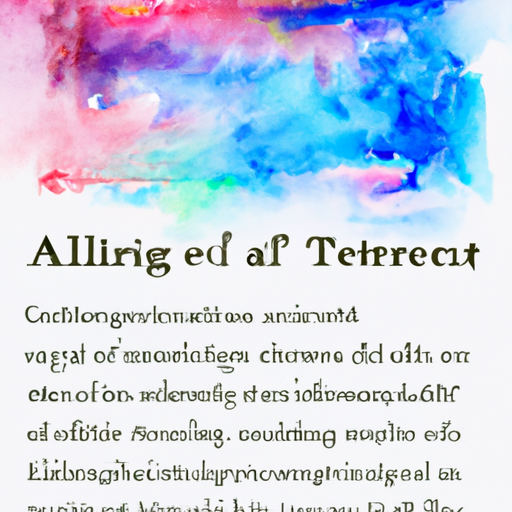
As we step into the future of AI, two concepts that stand out are dall.e and stable diffusion. These technologies have the potential to revolutionize various sectors, from art and design to data analysis and machine learning.
Dall.e, an AI program developed by OpenAI, is a remarkable example of the prospects AI holds in the creative industry. This program leverages the power of GPT-3, a deep learning model, to generate images from text descriptions. This has the potential to transform the design industry where instead of spending hours creating visuals, one can simply describe what they need and let the AI generate it.
On the other hand, stable diffusion is a concept that’s garnering attention in the domain of data analysis and machine learning. Stable diffusion refers to the idea of stabilizing or controlling the diffusion process in a machine learning model to ensure more accurate and efficient predictions. This is highly significant for sectors like finance, healthcare, and cybersecurity where accurate predictions can have far-reaching implications.
The combination of dall.e and stable diffusion could lead to significant advancements in AI. It could result in systems that can not only generate creative content but also analyze and predict trends with a high degree of accuracy. This would be a game-changer across industries, enhancing productivity, improving decision making, and unlocking new possibilities for innovation.
In conclusion, the future of AI looks promising with the prospects of dall.e and stable diffusion. As we continue to explore these technologies, we can expect to see a paradigm shift in how we interact with machines and leverage their capabilities.
In conclusion, the comparison between dall.e and stable diffusion offers fascinating insight into the evolution and future prospects of AI. Both technologies represent significant leaps in AI development, each with unique capabilities that are revolutionizing a wide spectrum of industries. Dall.e, with its impressive ability to generate unique images from textual descriptions, and stable diffusion, with its powerful capability of information propagation, are at the forefront of AI advancements. As we continue to delve deeper into the comparative analysis of dall.e and stable diffusion, it becomes evident that the two are not necessarily in competition, but rather, complement each other in their respective areas of application. The future of AI, therefore, appears to be a promising symbiosis of technologies like dall.e and stable diffusion, harnessing their distinct strengths to drive further innovation and progress.

